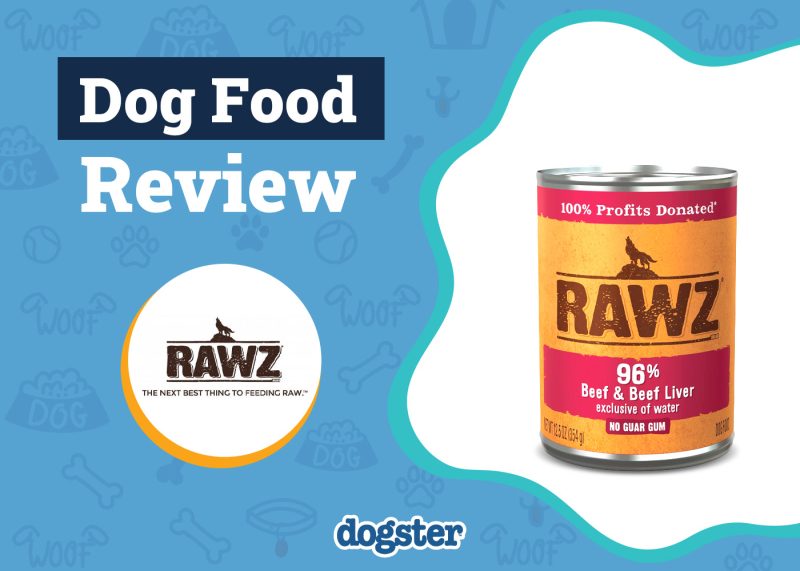Ear mites and yeast infections are common problems for dogs, especially those with long floppy ears that hold heat and moisture, creating a perfect environment for microorganisms to grow and cause problems for your pet. If you think your pet is having an ear problem but aren’t sure how to tell if it’s ear mites or a yeast infection, you’ve come to the right place. We are about to provide you with a step-by-step guide for determining the problem and give you some tips on how to clear it up and prevent it from happening again to help you provide a better life for your pet.

The 7 Tips for Telling If Your Dog Has Ear Mites or a Yeast Infection
1. Understand the Difference
The first thing you want to do when determining if your dog has otitis (ear inflammation) caused by ear mites or a yeast infection is to understand the difference between the two. Ear mites (Otodectes cynotis) are tiny parasites that dogs and cats share, that you can only see well under a microscope. These mites feed on the debris and cells found in the ear canal, irritating the dog’s skin.
A yeast infection (Malassezia pachydermatis) is a fungus that likes to grow in the ear canal’s warm, dark, and damp environment, especially in dogs with floppy ears. Yeast infections are more common because yeast live in your dog’s skin and ears under normal conditions (in low numbers) but can multiply and cause an infection on certain occasions. High humidity, narrowed ear canals, and underlying allergies can cause fungus to grow, while your dog will need to come into actual physical contact with ear mites to contract an infection from them. ¹
2. Understand the Signs
Signs of ear mites include plenty of continuous scratching of the ear to the point that it can start to bleed. Your dog might also shake their head frequently to find objects to rub it on, looking for relief. You might also notice a loss of hair or even appetite as your dog becomes increasingly frustrated. Yeast infections are slightly less itchy than ear mites, but they are quite painful. You will likely smell a terrible odor and might even notice a greasy discharge coming from the ear. Your dog might also suffer from difficulty hearing caused by blocked ears and can lose their balance in severe cases.
Ear mites usually look like a crumbly dark brown or black earwax, while yeast infections often have signs of greasy, yellow to gray, sticky, or crusty discharge.
If your dog struggles with any of the signs above, you should take them to be examined by a vet.
If you need to speak with a vet but can't get to one, head over to PangoVet. It's our online service where you can talk to a vet online and get the advice you need for your pet — all at an affordable price!

3. The Diagnosis
If you notice your dog seems to have signs of otitis, shaking their head, scratching their ears, or looking sore around their head, we recommend taking them to the vet to have their ears looked at immediately. Ear mites are highly contagious, and the more time your pet spends in the home carrying ear mites, the greater the chance they will pass them on to any other pets in your home. Cats are especially prone to ear mites.
Yeast infections are not contagious, since this yeast is normally found on your dog’s skin and ears without causing problems.

4. The Treatment
Treatment for ear mites is pretty straightforward, and it requires you to place some ear cleaner and medicated ear drops into the ears to kill them and ease the itchiness. The drops will start working immediately, but it can take several weeks before the mites are gone. Spot-on treatments can also be applied to your dog’s skin for this purpose.
The treatment for yeast infections depends on the severity of the infection and whether the infection is relapsing or long-term. In simple and first-time yeast ear infections, your vet will likely prescribe medicated ear drops alongside a cleaner. Usually, within a couple of weeks, the infection should be gone. With chronic ear problems, your vet will work toward finding and treating the underlying problem causing your dog’s yeast overgrowth. Your dog may require oral medication and ear drops as well as any other treatments, such as anti-allergy medication or surgery to open up the ear canal in severe cases.
5. Clean the Ears
A successful ear mite treatment involves administering medication to kill the ear mites, as well as frequent thorough cleanings with a vet-recommended product to remove the dead mites, debris, and ear discharge. You will also need to carefully wash away the discharge and oily residue left behind by the yeast infection. Frequently cleaning and drying the ears of floppy-eared dogs is an excellent way to prevent yeast infections from occurring in the future.
If you are looking for the perfect product to clean your dog's sensitive areas, Hepper's Wash Wipes are our recommendation, plus it's a great on-the-go option. These premium wipes are thick and durable enough for the toughest of paw messes, while still being soft enough to use on your dog's ears or eyes. Formulated with pet-friendly, hypoallergenic ingredients they are the ideal product for all dogs of all ages, skin conditions, or sensitivities.
- Gentle Care For All Pets - Infused with moisturizing hypoallergenic ingredients & enriched with...
- Deep Cleans From Head to Tail - Tackle the toughest dirt & messes with our extra strong pet wipes...
- Freshness On The Go - Each dog grooming wipes pack contains 30 counts of premium dog wipes that...
At Dogster, we’ve admired Hepper for many years and decided to take a controlling ownership interest so that we could benefit from the outstanding designs of this cool pet company!
6. Prevention
As we mentioned earlier, prevention works wonders to protect your dog against these two types of otitis. First, inspect your dog’s ears (lifting their ear flaps) daily and take them to the vet if you spot any abnormalities. By knowing how your dog’s ears look normally, you can easily spot any abnormalities that point towards an infection. That will help you detect any problems early.
Even though you can’t protect your dog 100% against these infections, you can minimize the risk of your dog contracting ear mites by avoiding contact with infected animals and using external parasite treatment that protects against ear mites. Prevention against yeast infection involves keeping your dog’s ears clean and dry and following your vet’s recommendations in terms of frequency and type of ear cleaner that your dog needs.

7. Associated Problems
Both ear mites and yeast infections can cause your dog considerable discomfort, leading to misbehavior and even aggression. Your dog may develop an ear hematoma and require surgery to treat it. Your dog may feel lethargic and refuse to eat. When otitis externa (only affecting the outside ear structures) is left untreated, it can progress to otitis media or interna causing eardrum perforation and neurological problems such as loss of balance, head tilt, drooping lips, and deafness.


Conclusion
Otitis caused by ear mites will produce abundant dry, crumbly, dark brown ear discharge that resembles coffee grounds. There is normally no odor, but you will know they are causing a problem for your dog because of the constant scratching and whimpering. Mites are too small to see with the naked eye, though you might see tiny whitish spots mixed with dark discharge. On the other hand, yeast ear infections often create a greasy brown or grayish discharge with a telltale smell of infection. Dogs with a yeast infection have red, painful, and itchy ears. In severe cases, they may lose balance and fall over. Luckily, both conditions can clear up with medication, and your dog should be fine. We hope you have enjoyed reading over this short guide, and it has helped answer your questions.
See also:
- Canine Nasal Mites in Dogs: Signs, Causes & Treatment
- Yeast Infection in Dogs: Causes, Signs & Treatment (Vet Answer)
Featured Image Credit to: Glikiri, Shutterstock
























2 Responses
I have read everything but is seems to me that’s not what my dog has she has been wiggling her ears and scratching them raw and they look like it mites but I pretty sure is just dry blood I have used dog ear wipes and cleaning drop and they have not worked should I take her to the vet or is there something I can give her
Hello Emilee,
Thank you for your question and sorry for a bit of a delay. We are very sorry to hear about your dog's ear issues. Differentiating between ear mites, yeast infection or some other ear skin issue can be tricky. Therefore we would recommend you to book a 20-minute video call appointment with one of our professional veterinarians from www.PangoVet.com. They will gladly take a look at your dog, let you know their opinion and what you can do to help. You can also upload detailed photos before the meeting for our veterinarian to evaluate.